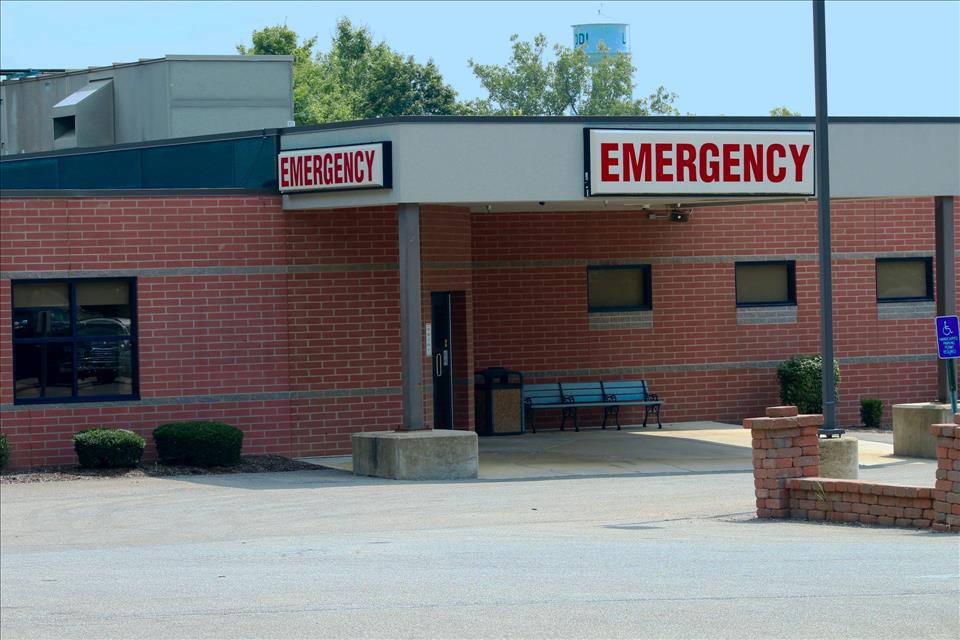
'Better Than Nothing': Clinicians And Hospital Heads Accept Lower Standards Of Care Outside Metro Hospitals
More than 18,000 Australians have no access to primary health care services within an hour's drive time from their home, and many are hours or even multiple days' drive from their closest major hospital. Travel to a major city to access health care is costly and time-consuming.
Rural Australians have almost A$850 less spent on their health per year than those in major cities.
People living in rural and remote Australia have substantially higher levels of preventable hospitalisations, burden of disease, and avoidable deaths. This leaves a gap in median life expectancy between people in very remote areas and major cities of 13 years for men and 16 years for women.
Our new research shows clinicians and health care decision-makers are willing to accept a lower standard of care for people outside of major cities because they consider it better than nothing.
Relying on what they haveOur research investigated Queensland clinicians' and health care decision-makers' perspectives on virtual health care as a means to improve access to care.
We also asked about what constitutes acceptable quality and standards for rural patients.
Although we used virtual health care as an example, the results are indicative of a broader issue.
What is virtual health care? What are its pros and cons?“Virtual health care” is more than just telehealth. It includes:
- hospital in the home . A nurse will visit a patient in their home to provide treatments such as intravenous antibiotics, coupled with telehealth consultations with a doctor. This model of care can achieve similar outcomes to those at traditional hospitals
- virtual wards , such as influenza or COVID wards. These wards involve a patient in their home, and combination of telehealth, remote monitoring devices such as pulse oximeters, and face-to-face care from visiting clinicians if required.
- virtual emergency departments . These support patients who can be safely and effectively managed at home. Emergency doctors and nurses provide guidance and identify which patients need to present to a traditional emergency department.
Virtual health care can minimise travel time to major cities, keeping patients better connected with their family and community while undergoing treatment.
Virtual health care often involves nurse care and doctor telehealth. PeopleImages - Yuri A/Shutterstock
However, virtual health care is not currently suitable for patients who require intensive care, some types of physical procedures, or for patients at high risk of complications.
Virtual services need to be well-designed, with appropriately trained clinicians, and consider what can and cannot be accomplished remotely.
When virtual health care isn't well designed, and clinicians aren't adequately trained, it can result in poor patient outcomes. As one doctor explained:
Our researchWe interviewed 26 clinicians (such as doctors and nurses) and executive leaders from private, not-for-profit hospitals and aged care services in metropolitan, regional, rural and remote Queensland in 2023.
Most participants expressed reticence towards using telehealth and other forms of virtual health care for people in major cities who can readily access traditional hospitals and providers face-to-face.
They felt safety and care standards would be inferior to traditional inpatient care.
However, they said virtual health care – even if it was a lower standard to traditional hospitals – was better than nothing. As one doctor and health service leader said:
Another doctor and health service leader explained:
Sometimes patients can't be cared for in other settings and need to go to hospital. Gorodenkoff/Shutterstock Towards more equitable care for rural patients
Sub-standard health care will not bring health outcomes and life-expectancy of people in rural and remote areas up to parity – it will merely reinforce current inequities.
We need to design health services that improve both quality and access. Taking health-care models that work in our major cities and rolling them out in rural areas doesn't work. We need tailored, creative solutions that meet the same standards we would expect in a city.
In addition to increasing and improving access to virtual health care, we also need to:
- attract and retain a rural health workforce of experienced practitioners to provide face-to-face services
- design health services in conjunction with the community to ensure they suit local needs and conditions
- address state and federal government funding issues that impact the sustainability and capacity for innovation of rural health services.
An unconscious willingness to accept better than nothing is simply not good enough for the millions of Australians who live outside of major cities.

Legal Disclaimer:
MENAFN provides the information “as is” without warranty of any kind. We do not accept any responsibility or liability for the accuracy, content, images, videos, licenses, completeness, legality, or reliability of the information contained in this article. If you have any complaints or copyright issues related to this article, kindly contact the provider above.






















Comments
No comment